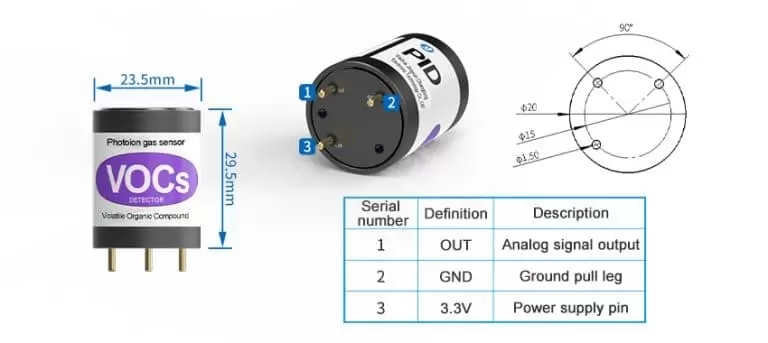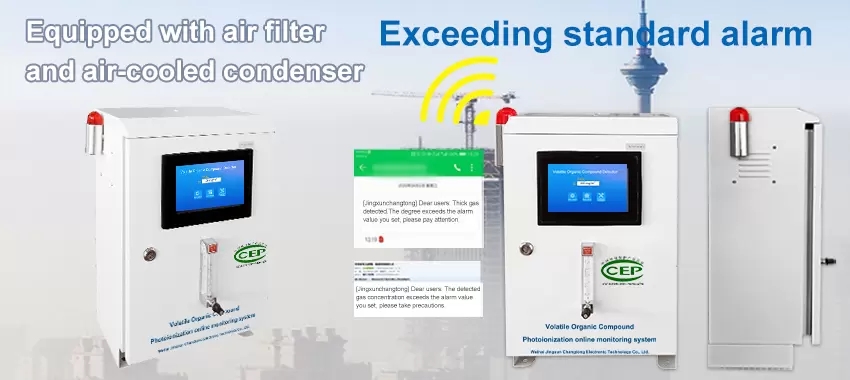VOC Gas Detector:
Volatile organic compounds are a common indoor pollutant. They are released from common household products such as paint, furniture, rugs and plastics. They can cause many negative health effects such as headaches, fatigue, nausea. VOCs are problematic gaseous pollutants including indoor air, automobiles, buses, homes and office/work environments. VOC gas detectors are used to monitor the presence of VOCs and provide quantitative measurements of VOCs in ppm.
Which VOC Gas Detectors to Avoid?
There are many "junk" VOC detectors on the market that use low-cost and non-specific sensors. These products use low-cost metal oxide sensors (MOS). They are small and inexpensive sensors. Humidity sensitivity, nonlinear response, and long-term drift are all negative performance issues for MOS sensors. Also, they react to inorganic gases, so don't use them if you're trying to test low levels of VOCs in an environment with gases like NO, NO2, or CO
What are the exposure limits for VOCs?
They don't exist. That is, for VOCs, there is no single VOC exposure limit.
Different VOCs have different exposure limits. Many people are surprised to learn that there are no federal or state standards for VOC levels in the home.
It was also found that there is not a common limit for VOC or TVOC, which is a bit confusing. This can be explained because the term VOC is a generic term that describes a large number of different gases and compounds.
When using a VOC detector, it may respond to many organic compounds and give you a representative ppm reading or a sum of the various compounds it detects.
How do I test VOC at home?
There are two main ways people test for VOCs in their homes. One way to test for VOCs at home is to use a sorbent tube to capture the air. It is then sent to a laboratory for analysis. This approach can be time-consuming since the tests must be sent elsewhere to obtain the results.
Another way to test for VOCs at home is to use a VOC gas detector that can detect the presence of VOCs. Often, these devices are simply referred to as VOC gas detectors. They may also be referred to as Total Volatile Organic Compound TVOC detectors.

PID Photoionization Detectors-VOC gas detector sensor
The PID photoionization probe& pid sensor realizes rapid detection of VOC gas, is waterproof, easy to clean, durable, multi-range selection, and accurate measurement. PID module is high sensitive and quick react. It can help you alarm the VOC at the first time and make sure your health.Pid sensor (PID optical ion probe) is widely used in VOC detection in factories, mining areas, chemical industry areas and other environments.

Industrial VOC Analysis and Monitoring
The volatile organic compound online monitoring system (VOC online monitoring) can be used to monitor the unorganized emission of volatile organic compounds in the plant boundary and park. The VOC gas monitoring system can be used to determine the total hydrocarbons, methane, non-methane total hydrocarbons, and benzene in the ambient air.
Toluene, xylene and characteristic pollutant concentration; The monitoring data can be transmitted to the monitoring center in real time. Realize the pollutant data display, alarm management, data analysis and other management functions. At the same time, we can provide customized solutions for different working conditions and customer needs.
 : +86 155 8830 2704
: +86 155 8830 2704 : jxdziot@gmail.com
: jxdziot@gmail.com
